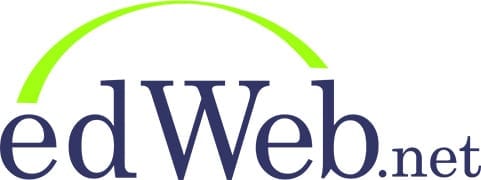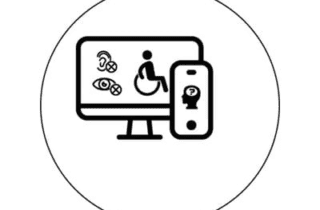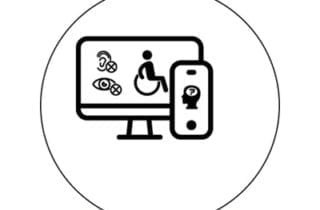Individuals with special needs struggle to graduate from high school and earn a diploma, much less pursue higher education or gain meaningful employment. Sometimes, there is a skills gap between the desired career and the student’s training. Many times, though, the problem is also a communication gap. During the edWebinar “Digital Badge Credentials: Preparing Students with Special Needs for Employment,” the presenters discussed how and why digital badges can help students validate their training and verify their credentials with prospective employers.
In this edWebinar, three superintendents share how they are leading the complex issues involved in ensuring accessibility for all.
This edWebinar will explore how teachers are using Digital Badge Credentials to increase opportunities for all students, including those with autism and other special needs.
Accessible technologies help students with disabilities unlock their full potential by addressing a diversity of needs that include learning, visual, hearing, mobility, neurodiversity, and mental health. In a recent edWebinar, Lauren Pittman, Graduate Assistant at Vanderbilt University and former special education teacher; Beth Dudycha, Senior Manager of Content Development at Insight2Execution and former educator; and Mike Tholfsen, Principal Product Manager at Microsoft Education, brought to our attention that students with disabilities are not the only ones who benefit from accessibility learning tools.
In this edWebinar learn how to provide a more accessible and equitable learning environment and experience for all learners.
While the Individuals with Disabilities Education Act (IDEA) was last reauthorized in 2004, with amendments in 2015, and the Web Content Accessibility Guidelines (WCAG) were updated back in 2008, the demand for accessibility and equality in education continues to grow. Administrators and teachers, who want to help every child reach their potential, can’t afford to wait for new laws and policies. Educators still need to constantly evaluate the effectiveness of accessibility initiatives, advocate for resources for their students, and anticipate where they need to go next. During the edWebinar “Accessibility: Effective, Equitable Learning Environments for All Students,” which is part of a series hosted by CoSN and edWeb.net, the presenters discussed how they approach CoSN’s five steps to ensure accessibility.
This edWebinar discusses what inclusive classrooms, employing accessibility, look like from the standpoint of reading, writing, math and communication.
In this edWebinar, gain a better understanding of the regulations and proactively work towards meeting web accessibility standards.
In this edWebinar three superintendents share how they are leading the complex issues involved in ensuring accessibility for all students.
Website accessibility is about giving everyone equal access to your online content, regardless of their physical or cognitive ability. In this webinar, John Foliot and Stefani Cuschnir, accessibility experts from Deque Systems Inc., will cover the basics of accessibility, rules, and regulations impacting schools.








